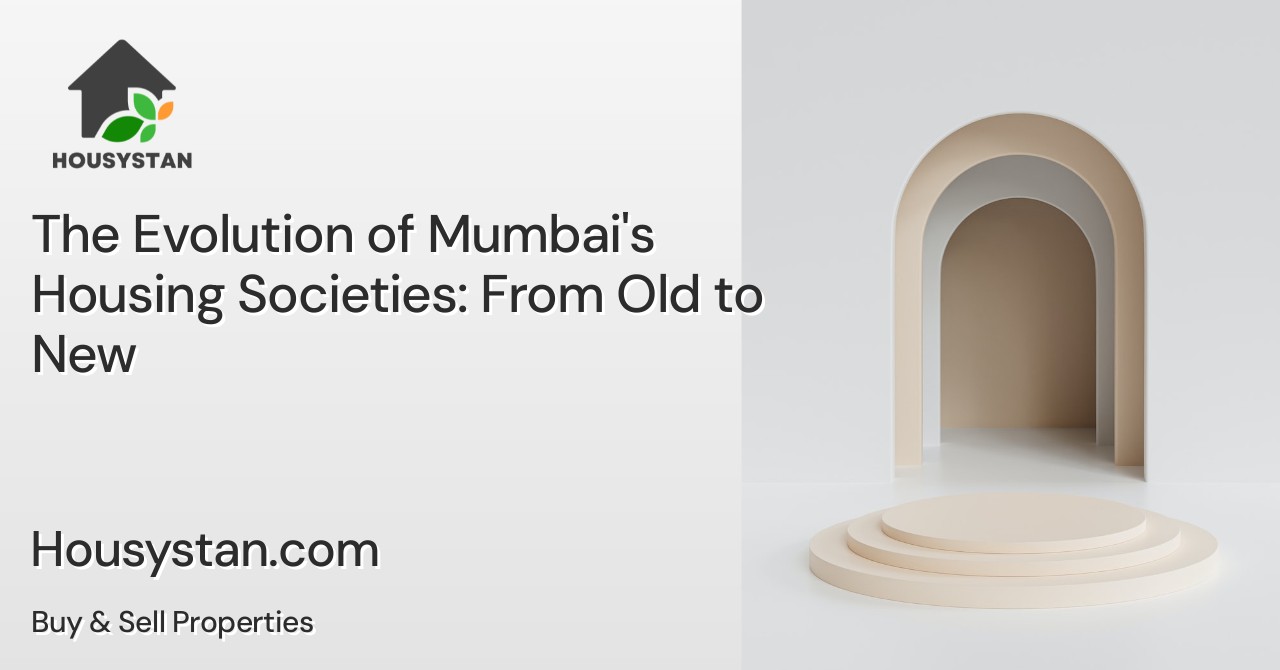The Evolution of Mumbai's Housing Societies: From Old to New
Read latest blogs and articles from Housystan

The Information mentioned here was last updated on:
28/12/2025The evolution of Mumbai’s housing societies reflects the dynamic growth and transformation of India’s financial capital. As Mumbai developed, its residential landscape shifted dramatically, mirroring the city’s changing demographics, infrastructure, and lifestyle preferences. Understanding this evolution helps residents, investors, and property seekers make informed decisions about living and investing in Mumbai’s vibrant neighborhoods.
Historically, Mumbai’s earliest housing societies emerged in the early 20th century, driven by the need for organized community living amid rapid urbanization. These older societies, often found in iconic areas like Dadar, Byculla, and Girgaon, feature distinct architectural styles and a strong sense of community. Residents value the spacious layouts, lush courtyards, and close-knit social fabric that define these traditional societies. However, challenges such as aging infrastructure, limited amenities, and inadequate parking have prompted many communities to consider redevelopment.
In recent decades, Mumbai’s skyline has transformed with the rise of modern housing societies, particularly in suburbs like Andheri, Powai, Mulund, and Goregaon. These contemporary developments offer state-of-the-art facilities, including swimming pools, fitness centers, gardens, and advanced security systems. The shift toward gated communities and high-rise towers caters to the city’s growing population and evolving lifestyle needs. Modern societies also emphasize sustainability, incorporating green spaces, rainwater harvesting, and energy-efficient systems.
- Verified Tenants/Buyers
- Unlimited Property Listing
- Zero subscription/charges fee
Redevelopment projects across Mumbai are bridging the gap between old and new. Many aging societies are opting for reconstruction, allowing residents to enjoy upgraded infrastructure, enhanced amenities, and increased property values. This trend not only revitalizes neighborhoods but also optimizes land use in a city where space is at a premium. Areas like Chembur, Borivali, and Bandra are witnessing a surge in redevelopment, attracting both end-users and investors seeking quality living spaces and promising returns.
As Mumbai continues to grow, the evolution of its housing societies highlights the city’s resilience and adaptability. Whether you prefer the charm of heritage communities or the convenience of modern developments, Mumbai offers diverse options to suit every need. Choosing the right housing society involves considering location, amenities, community culture, and long-term investment potential—ensuring a rewarding urban living experience in the heart of Maharashtra’s bustling metropolis.